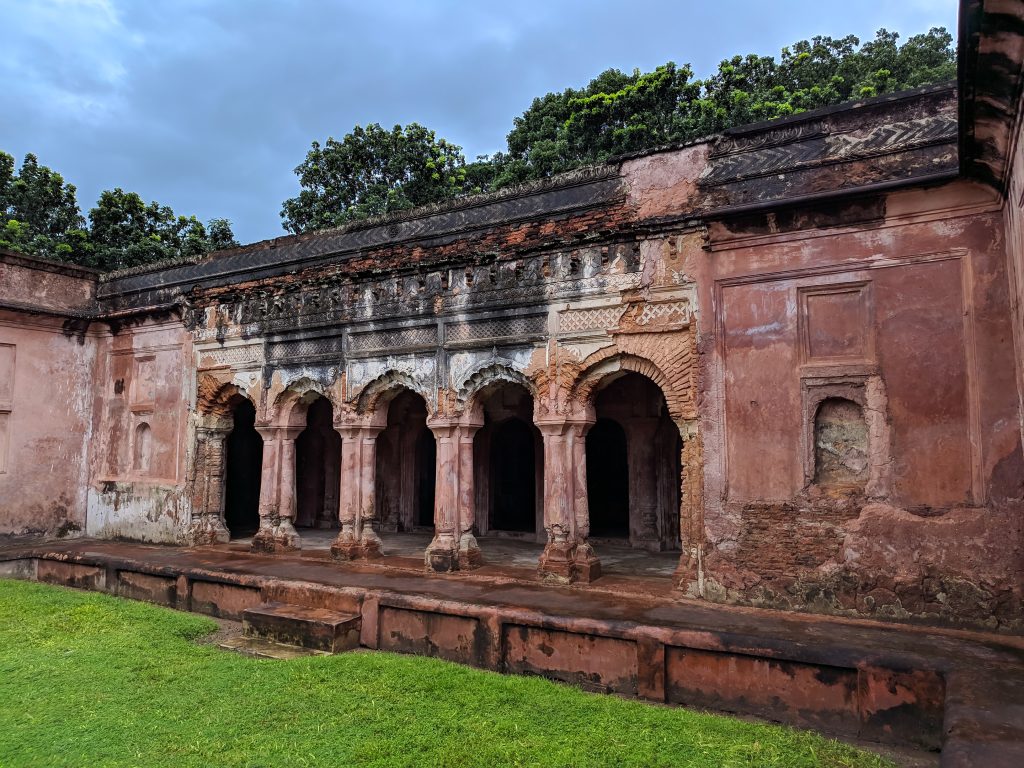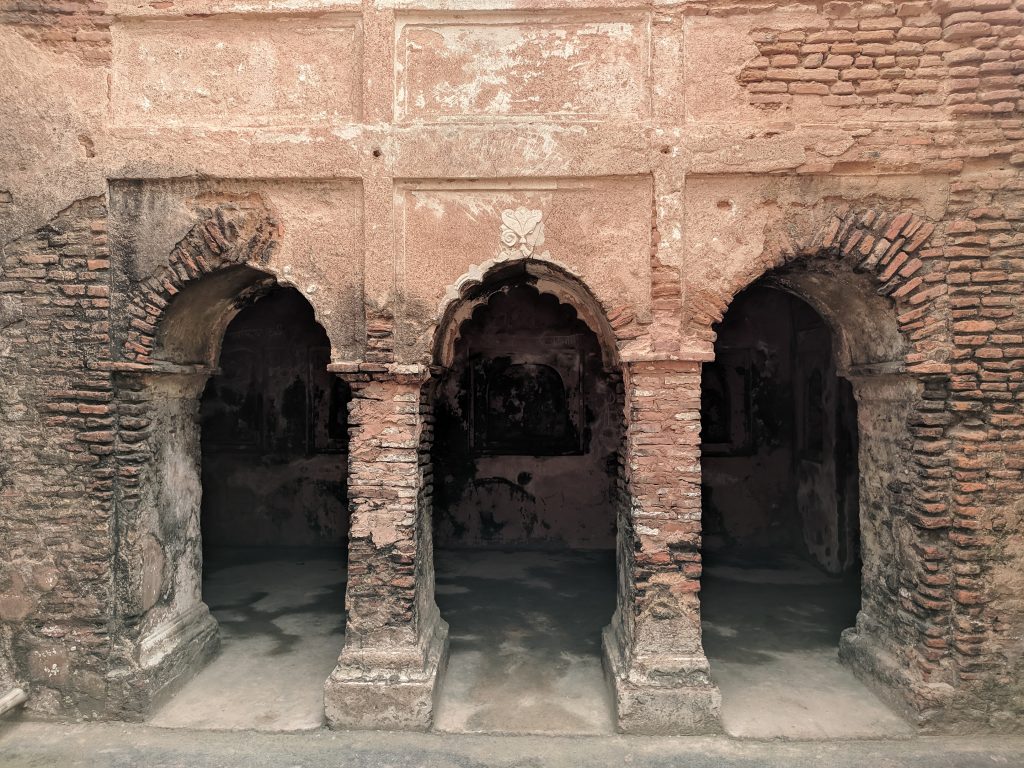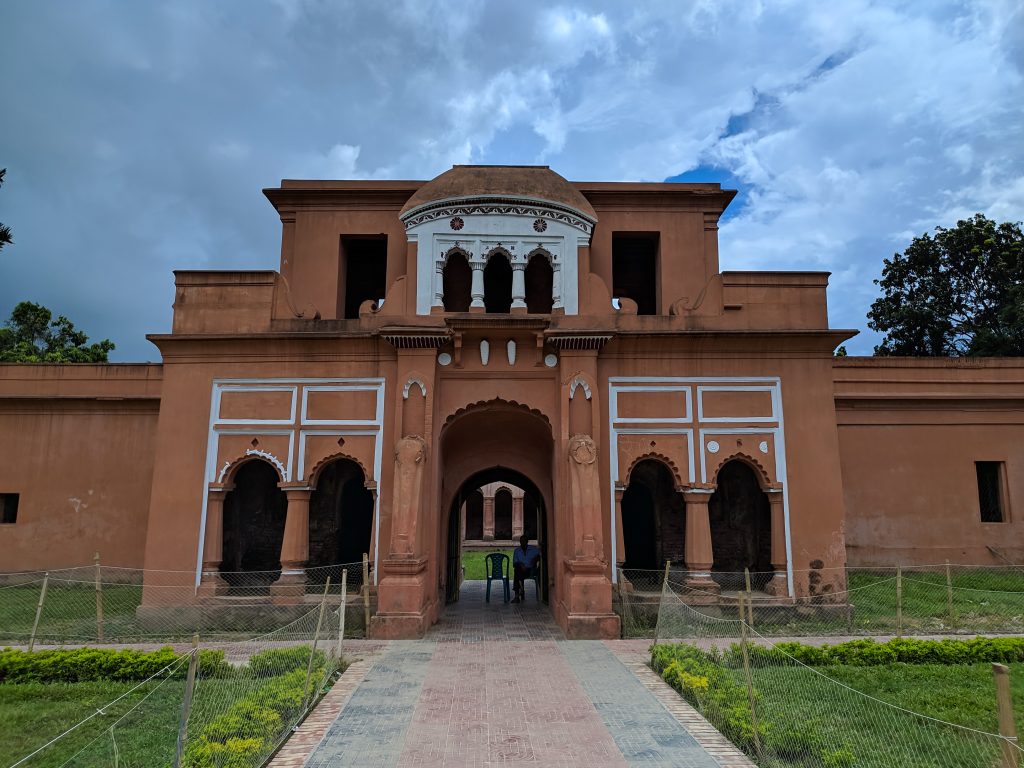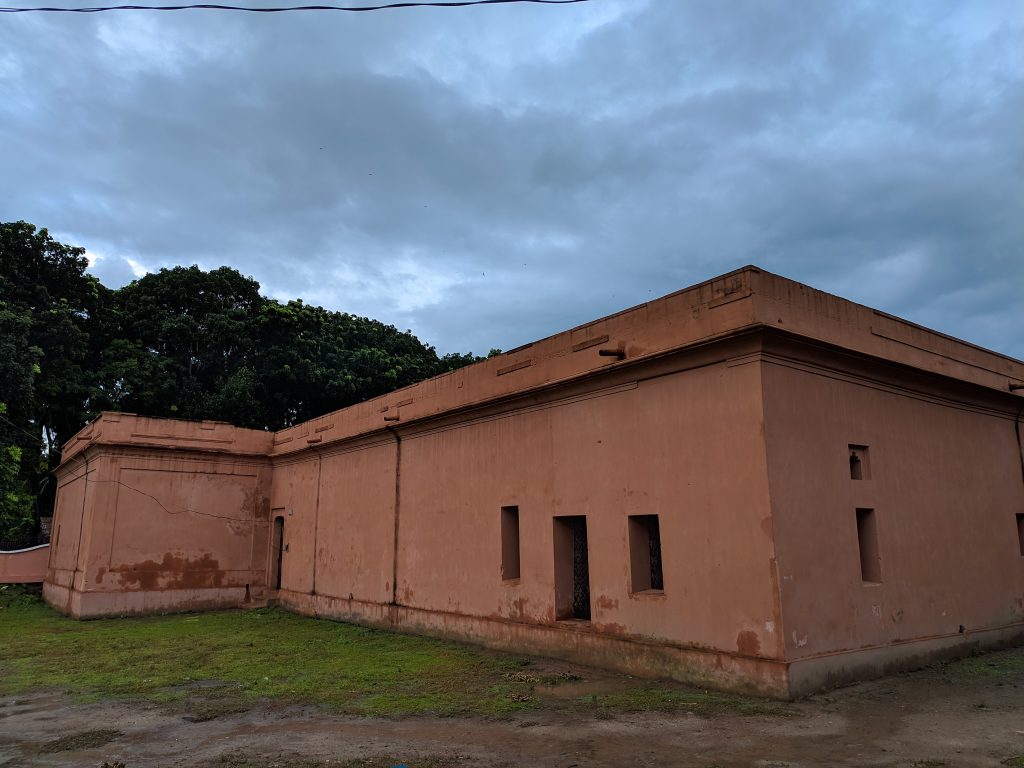By Santanu Roy
The final novel of Bankim Chandra Chattopadhyay was Sitaram (1886). It was the story of a Hindu Raja of Bhusna who fought against the Muslim invaders with a few loyal solders, and about his tragic end, his life and romance. The age of Bankim Chandra and the prosperity of Bangabhumi was over, but still the unsung hero Sitaram, glorified in his novel, lives on in myths and stories in and around Bengal. This historical character Raja Sitaram, is comparable to other heroes of Bharat (Like Rana Pratap, Shibaji), who fought bravely against the Islamic forces during the Middle Ages.
Today Sitaram is largely ignored, both in Bengal and outside Bengal, but he certainly deserves the place of national hero. Bhusna is now a forgotten place in Bangladesh, (situated a few miles east of Magura). Once it was a part of the Jessore district, but it is considered to be a part of Faridpur District. Bhusna was a prosperous town of importance during the Middle Ages, deriving its name from a king who conquered that region and assumed the title of “Banga-bhushan.” During the 16th century AD, Bhusna became a place of strategic importance during the strife between the Hindu Rajas of Bengal and the Mughals. Finally, Raja Mukund Rai, one of the Bara-Bhuiyans of Bengal, conquered Bhusna. His son Satrajit Rai fought against the Mughal Army and was defeated and killed in 1639 AD.


After a brief period of confusion and Mughal rule, Bhusna come into prominence again under Raja Sitaram. Sitaram Rai belonged to a kayastha family from the Uttar Rar region. His father was Udayanarayan and mother Dayamoyee. Sitaram’s mother was a brave woman. In her girlhood, she had fended off a band of dacoits with a kharga. Sitaram’s grandfather and father worked as revenue collectors under the Mughals. His childhood was spent in Dhaka. Sitaram was born in Hariharnagar in 1658 AD, and became landlord of Bhusna at the age of 14. Initially he sided the Mughals against the rebellious Afghan chieftains, and as a reward, got the zamindari of Naldi Pargana as a reward.

After gaining the zamindari, Sitaram consolidated his forces and built some forts and eventually rose to power and wealth. Having founded his capital Bagjani, 10 miles from Bhusna, he fortified it with a long earthen embankment and a ditch. He had some able generals like Ramrup Ghosh, Rupchand Dhali, Mitra Singha, Gobar Dalan, etc, with whose help, he defeated Magh and Firingi pirates. From Pabna to the Bay of Bengal and from Nadia to Barisal, he extended his kingdom. His annual revenue was 78 lakhs.
At the time, the Mughal Empire was declining and Raja Sitaram took full advantage of this to declare his independence and to expand his kingdom. His strategy in 1687-88 was to convince Aurangzeb that only he could maintain the peace and prosperity of that area. Then he defied Murshid Kuli Khan, the Subedar of Bengal. Murshid Kuli Khan sent Saiyad Abu Torap, the Faujdar of Bhusna against Sitaram. In 1699, in a battle in the banks of River Barasia, Abu Torap was defeated and killed by the forces of Sitaram. This was the first major victory of Sitaram against the Mughals.

This defeat led to the conflict between Murshid Kuli Khan and Sitaram. The forces of Murshid Kuli Khan, under the command of Baux Ali Khan, (Kuli’s brother-in law) attacked the fort of Bhusna. Some Hindu zaminders loyal to the Mughals, joined him. Sitaram gained some initial victories, but later he left the fort of Bhusna for his capital in Bagjani. During his stay at Bagjani, Sitaram fought bravely against the Kuli’s forces, but in the conflict his general Ramrup Ghosh (Menahati) was killed. Later, he fell into the trap of some conspirators, who were loyal to Murshid Kuli Khan. The main conspirator was Dayaram Ray, the principal aide of Raghunandan, the founder of Natore Estate). With the help of Dayaram, the forces of Murshid Kuli Khan imprisoned Sitaram. He was sent to Murshidabad in a cage and killed. Like the end of Pritviraj Chaun, the end of Sitaram is still a mystery. According some sources, he drank poison and killed himself. His kingdom was divided among the Rajas of Natore, Chachra and Naldanga.
Photographed by Ashikuz Zaman Ashik













